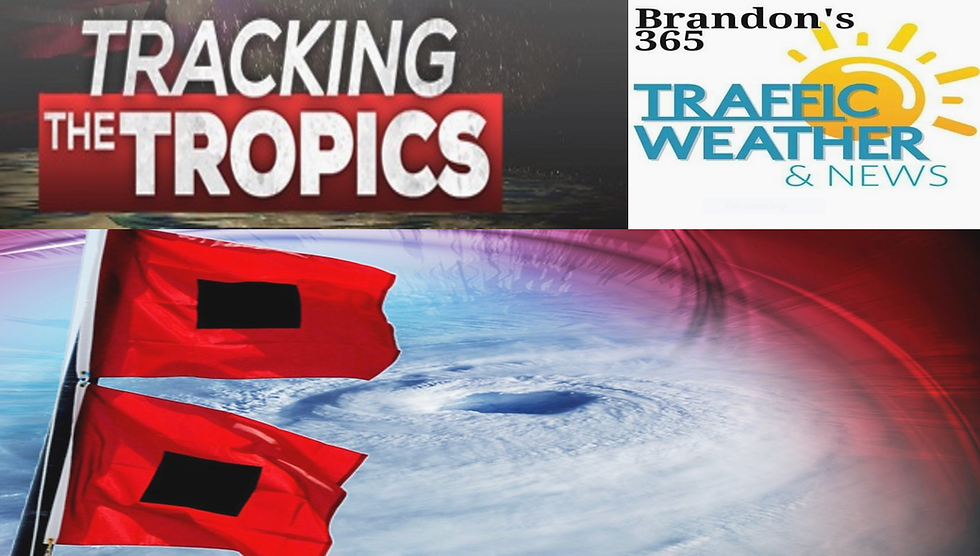Saharan dust moving across the Atlantic will arrive in the US next week.
- Brandon Shipp

- Jun 20, 2020
- 2 min read
Weather is always fascinating! From week to week, month to month, and all 365 days a year I track a lot of weather from severe weather, hurricanes, winter storms, and more but during the Summer from time to time I track Saharan dust on satellite it is very fascinating to watch it move from Africa all the way across the Atlantic and eventually into parts of the US. You can clearly see below on the satellite the dust moving across the Atlantic. As of the date I write this blog Saturday June 20th the dust is making its way across the Atlantic and into parts of the Virgin islands. The dust will move into the Caribbean soon. The dust will makes its way into the US next week it will arrive in Florida, Texas, Louisiana, Mississippi, and Alabama first between Tuesday and Thursday and then move farther northward into the US by the end of the week and next weekend. The dust will eventually move into parts of Georgia, Tennessee, Arkansas, and Oklahoma as well. So what is the dust and how is it transported so far? Saharan dust, made of very fine particles of minerals, travels across the Atlantic Ocean from the Sahara desert region of Africa. It’s transported by the trade winds, near the Earth’s equator. The largest plumes of dust can be the size of the continental U.S. While June is the beginning of the Saharan dust season, even stronger plumes can appear by July and into August. This dust can limit the development of tropical systems. It’s known as the Saharan Air Layer (SAL). How does this Saharan dust impact Atlantic hurricanes? The SAL is about 50 percent drier than tropical air. It is also associated with strong winds of up to 55 mph, which can increase vertical wind shear. Since tropical systems need moist air and low wind shear, this dust can be a real problem for tropical storms and hurricanes to develop. During the summertime, these storms roll off of the African coast every three to five days. Some are stronger and bigger than others. Not only can the Saharan dust limit tropical activity it is also known for contributing to sunrises and sunsets especially in the Caribbean, and along the gulf coast as well as parts of the south and southeastern US. Florida, Texas, Alabama, and Mississippi see the dust typically in mid to late June and especially in July and August. The dust particles high up in the atmosphere can scatter sunlight and create some of the most vivid sunrises and sunsets. The dust can also cause a slight uptick in allergies for some people. Each year, 182 million tons of dust is lifted into the air -- that’s 689,290 semi truck loads of dust! Places like Houston, Biloxi, Panama City, Pensacola, Hattiesburg, Lake Charles, New Orleans, South Padre Island, and Mobile are the cities that get impacted by the dust most often in the summer time.









Comments